Home>Furniture & Design>Office Furniture>How To Lock Office Chair Wheels
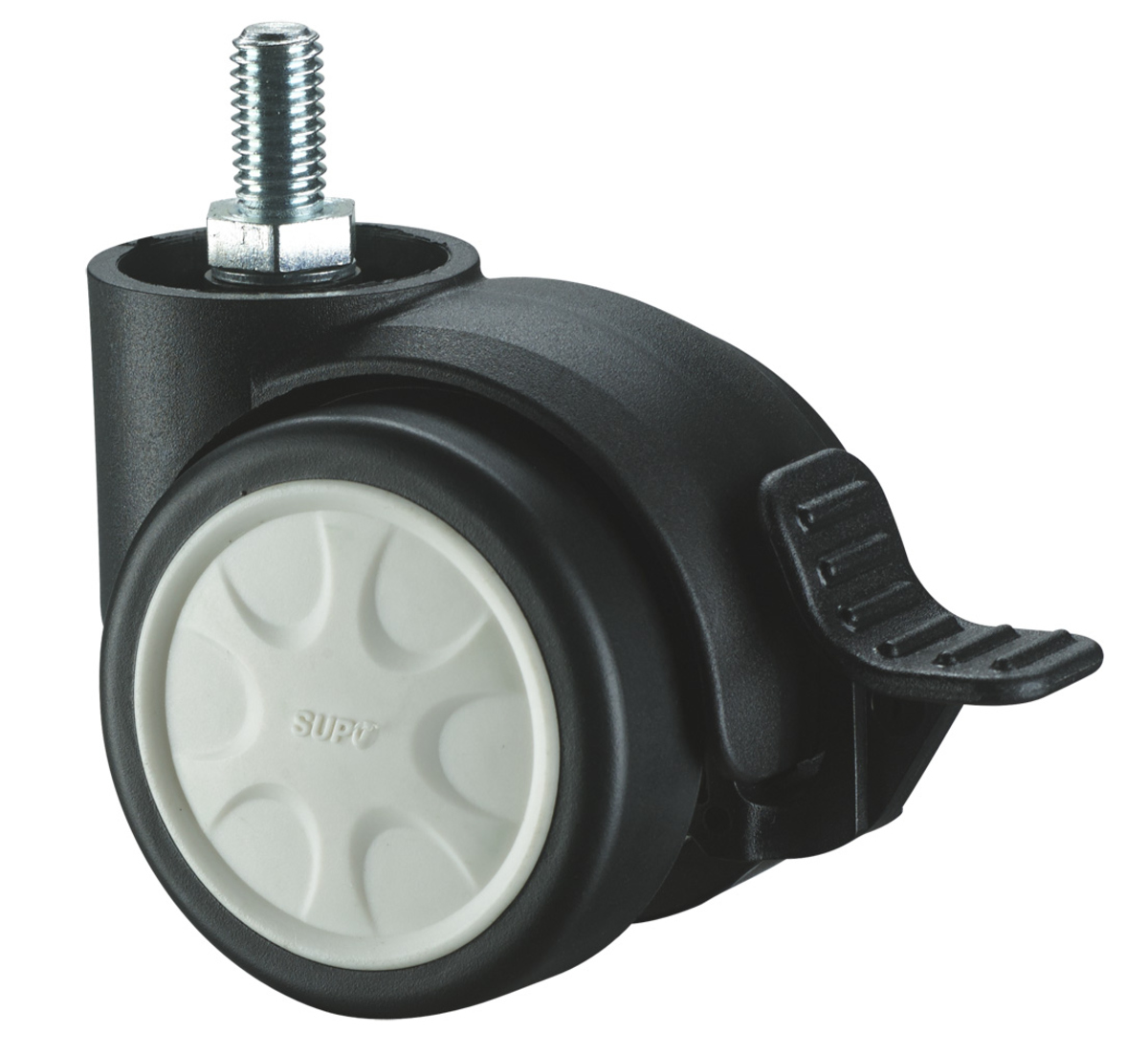

Office Furniture
How To Lock Office Chair Wheels
Modified: January 14, 2024
Learn how to lock the wheels of your office chair for stability and safety. Follow our step-by-step guide to keep your office furniture in place.
(Many of the links in this article redirect to a specific reviewed product. Your purchase of these products through affiliate links helps to generate commission for Storables.com, at no extra cost. Learn more)
Introduction
Welcome to the ultimate guide on how to lock office chair wheels! If you're tired of your office chair rolling away every time you stand up or move, you're in the right place. Perhaps you have a workspace with hardwood floors, and the constant movement of your chair is causing frustration and potential damage. Fear not, as we're about to equip you with the knowledge and techniques to keep your office chair securely in place.
Whether you're looking to prevent accidental rolling on smooth surfaces or seeking stability for tasks that require minimal movement, locking your office chair wheels can be a game-changer. This comprehensive guide will walk you through the step-by-step process, ensuring that you can effectively immobilize your chair when needed, without compromising its mobility when you're ready to move again.
So, grab your tools and let's dive into the world of office chair wheel locks!
Key Takeaways:
- Say goodbye to the frustration of your office chair rolling away! Locking the wheels is easy with the right tools and techniques, giving you a stable workspace without sacrificing mobility.
- Whether you need stability for focused tasks or want to prevent sliding on smooth floors, locking your office chair wheels is a customizable solution. Enjoy a secure and tailored workspace that supports your productivity and comfort.
Read more: How To Put Wheels On An Office Chair
Step 1: Gather Necessary Tools
Before you embark on the journey to lock your office chair wheels, it's essential to gather the necessary tools. The good news is that you won't need an extensive array of equipment; just a few key items will suffice. Here's what you'll need:
- Office Chair: The chair whose wheels you intend to lock. Ensure it is positioned on a stable surface, making it easier to work on.
- Locking Casters or Wheel Stoppers: These can be purchased from office supply stores or online retailers. Locking casters are designed to replace the existing wheels on your office chair, providing a secure and stationary base when engaged. Wheel stoppers, on the other hand, are add-on devices that prevent the wheels from moving. Both options are effective in immobilizing your chair, so choose the one that best suits your preferences and chair design.
- Screwdriver or Wrench: Depending on the type of locking casters or wheel stoppers you choose, you may need a screwdriver or wrench to install them securely onto your chair.
- Protective Gloves: While not always necessary, protective gloves can be useful, especially when handling tools or hardware to prevent any accidental injuries.
Once you have these tools at your disposal, you're all set to proceed to the next step. With the right equipment on hand, you can confidently tackle the task of locking your office chair wheels, bringing you one step closer to a more stable and controlled workspace.
Step 2: Secure the Chair
Now that you have assembled the necessary tools, it's time to secure your office chair and implement the chosen method to immobilize the wheels. Whether you opt for locking casters or wheel stoppers, the process of securing the chair remains relatively straightforward. Here's a step-by-step guide to help you through this phase:
- Prepare the Workspace: Clear the area around the chair to create ample space for maneuvering and working comfortably. This will ensure that you have unrestricted access to the chair and can perform the necessary tasks without any obstructions.
- Position the Chair: Ensure the chair is positioned on a stable surface, such as a carpet or a non-slip mat, to prevent any unintended movement during the installation process.
- Remove Existing Wheels (if applicable): If you have chosen locking casters as your preferred method, you may need to remove the existing wheels from your office chair. This can typically be accomplished using a screwdriver or wrench, depending on the type of fasteners used to secure the wheels.
- Install Locking Casters or Wheel Stoppers: Follow the manufacturer’s instructions to install the chosen locking mechanism onto the chair. Whether it involves attaching locking casters in place of the existing wheels or securing wheel stoppers to the base of the chair, ensure that the installation is firm and stable.
- Tighten the Fasteners: If screws or bolts are included in the installation process, use a screwdriver or wrench to securely tighten the fasteners, ensuring that the locking casters or wheel stoppers are firmly attached to the chair.
- Test the Stability: Once the locking mechanism is in place, gently test the chair to ensure that it remains stationary and does not roll or slide when pressure is applied. This step is crucial in verifying the effectiveness of the installed locking mechanism.
By following these steps, you can effectively secure your office chair and implement the chosen method to lock the wheels, providing stability and control as desired. With the chair now immobilized, you’re one step closer to enjoying a workspace tailored to your preferences.
To lock office chair wheels, look for a lever or button near the base of the chair. Push the lever or press the button to engage the wheel lock, preventing the chair from rolling.
Step 3: Test the Locks
After securing the chair with the chosen locking mechanism, it’s essential to test the locks to ensure that they effectively immobilize the wheels. This step is crucial in verifying the stability and reliability of the installed locking casters or wheel stoppers. Here’s a guide to help you test the locks and confirm that your office chair remains stationary as intended:
- Apply Pressure: Once the locking mechanism is in place, gently apply pressure to the chair from different angles to simulate the movements and shifts that commonly occur during regular use. This will help determine whether the locks are capable of withstanding the forces exerted on the chair.
- Observe Stability: While applying pressure, carefully observe the chair to ensure that it remains stationary and does not roll or slide. Pay close attention to any signs of movement or instability, as this may indicate that the locks require further adjustments or reinforcement.
- Test on Various Surfaces: If possible, test the locked chair on different surfaces, such as hardwood floors, carpets, or tiles, to assess its stability across various environments. This will provide valuable insights into the versatility of the locking mechanism and its ability to maintain the chair’s stationary position on different surfaces.
- Verify Maneuverability: While the locks are designed to immobilize the chair, it’s important to verify that they do not hinder the chair’s maneuverability when disengaged. Test the chair’s mobility after unlocking the wheels to ensure that it retains its full range of motion without any restrictions.
By systematically testing the locks, you can confirm their effectiveness in immobilizing the chair and maintaining stability across different scenarios. This step serves as a crucial validation of the installed locking mechanism, providing the assurance that your office chair will remain securely in place when needed, without compromising its mobility when the locks are disengaged.
Conclusion
Congratulations! You’ve successfully learned how to lock office chair wheels, equipping yourself with the knowledge and techniques to enhance the stability and control of your workspace. By following the step-by-step process outlined in this guide, you’ve gained the ability to immobilize your office chair when necessary, ensuring a secure and stationary position without sacrificing its mobility when the locks are disengaged.
Implementing locking casters or wheel stoppers has empowered you to customize the functionality of your office chair, allowing you to adapt it to your specific needs and preferences. Whether you seek stability during focused tasks or wish to prevent unintended movement on smooth surfaces, the locking mechanism you’ve installed provides a reliable solution to keep your chair in place.
With the chair now securely immobilized, you can enjoy a workspace that aligns with your desired level of control and stability. No more unexpected rolling or sliding – just a stable and reliable seating option that complements your productivity and comfort.
Remember, the process of locking office chair wheels is not only practical but also customizable, allowing you to tailor the solution to your unique requirements. Whether you opt for locking casters that replace the existing wheels or choose wheel stoppers as add-on devices, the result is a workspace that reflects your preferences and supports your daily activities.
So, go ahead and put your newfound knowledge into action. Secure your office chair, test the locks, and revel in the enhanced stability and control it brings to your workspace. With the power to immobilize your office chair at your fingertips, you’re poised to experience a more secure and tailored environment that complements your professional endeavors.
Embrace the freedom to lock and unlock your office chair wheels as needed, and enjoy the seamless transition between stability and mobility, all within your control.
Frequently Asked Questions about How To Lock Office Chair Wheels
Was this page helpful?
At Storables.com, we guarantee accurate and reliable information. Our content, validated by Expert Board Contributors, is crafted following stringent Editorial Policies. We're committed to providing you with well-researched, expert-backed insights for all your informational needs.
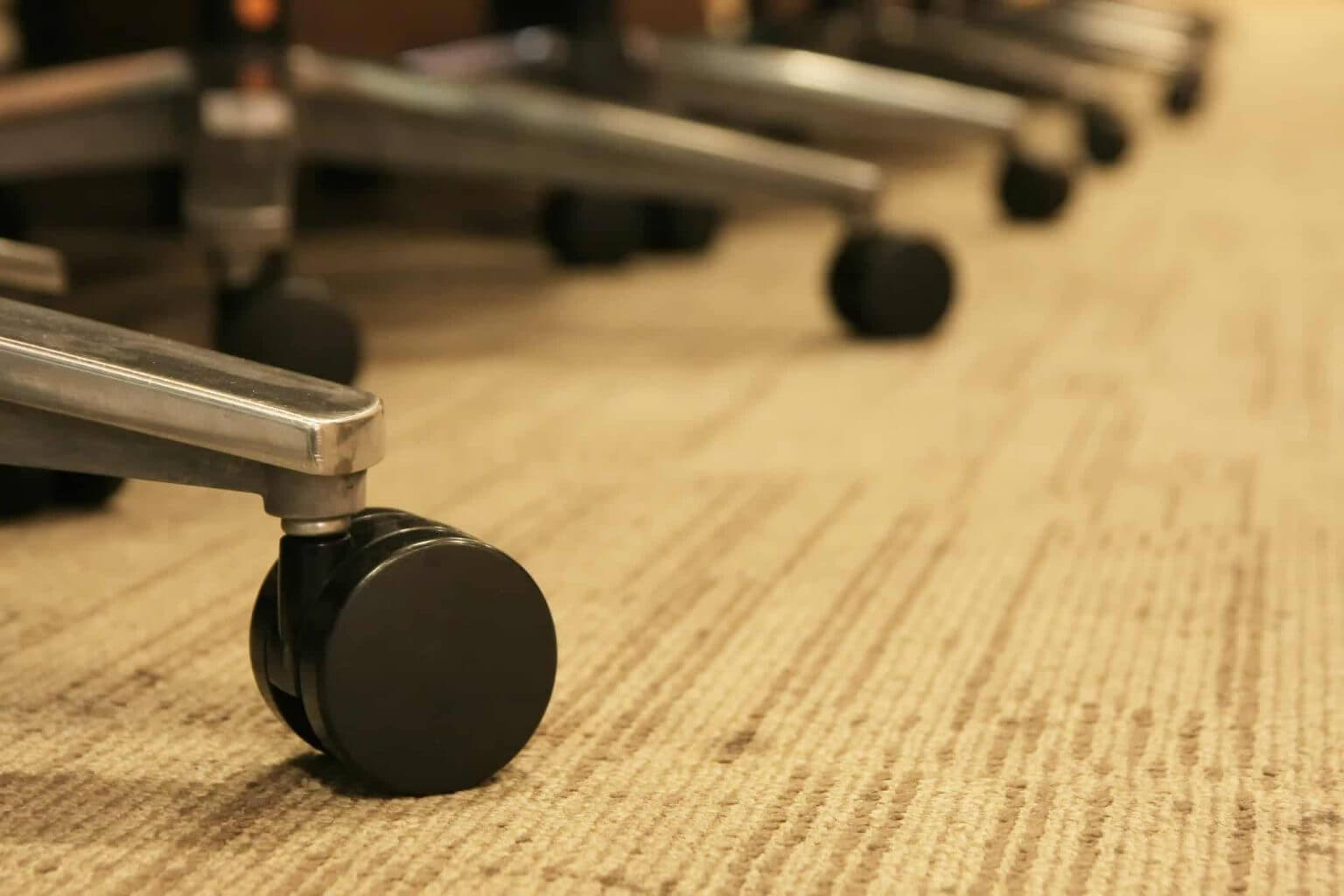
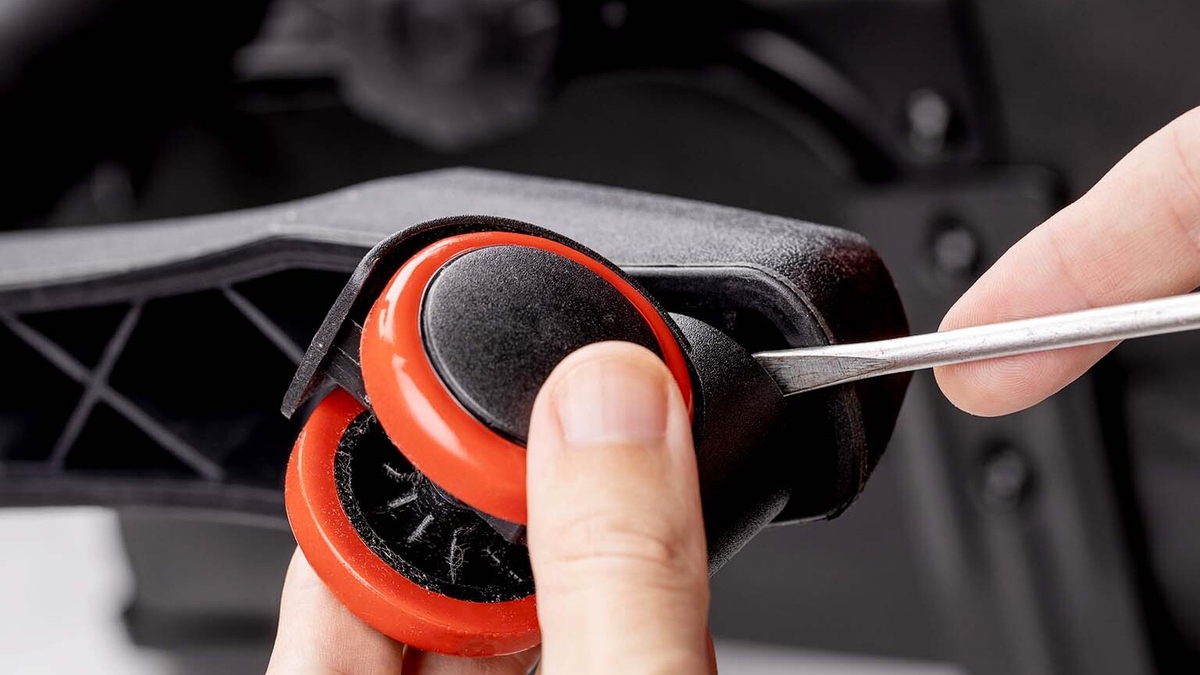
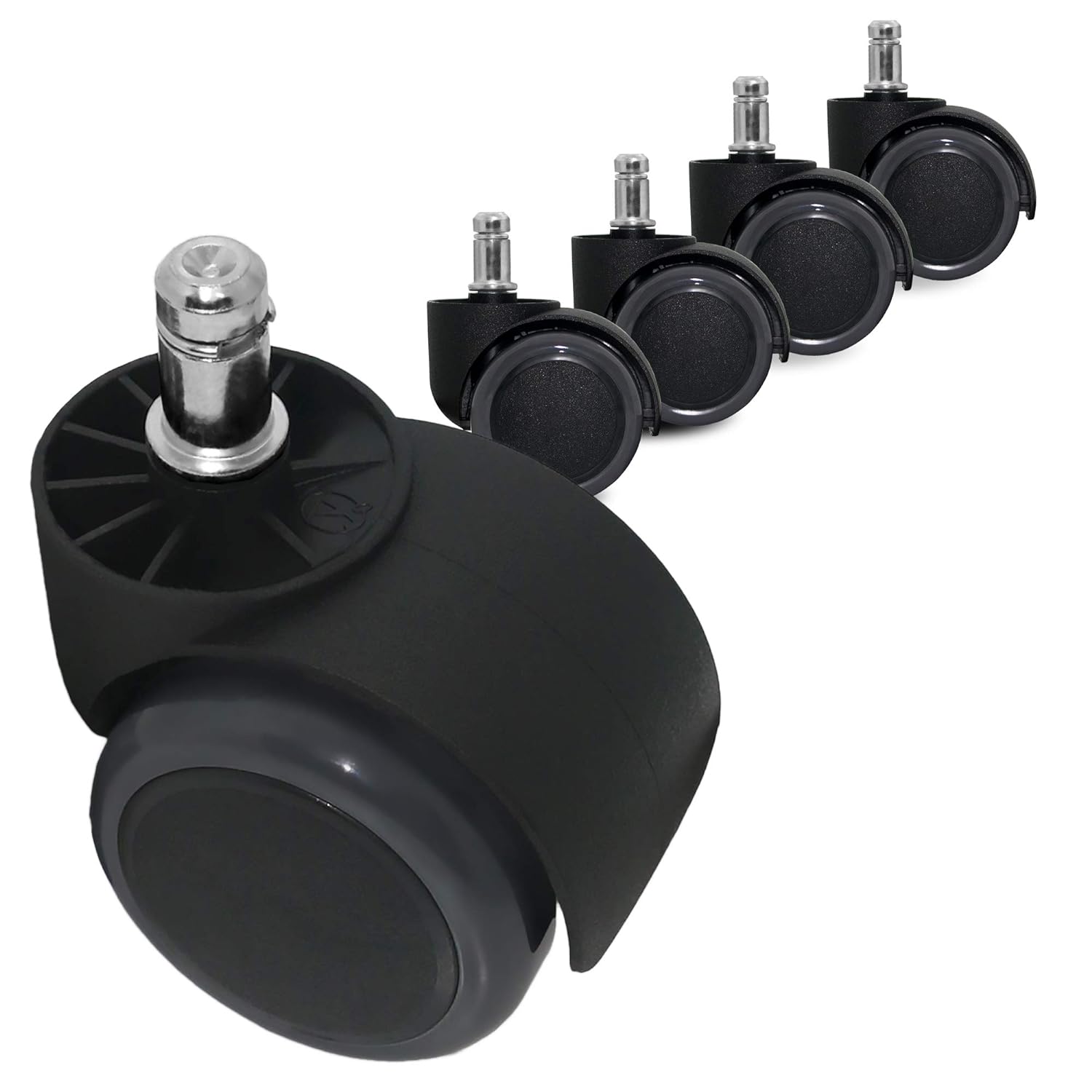

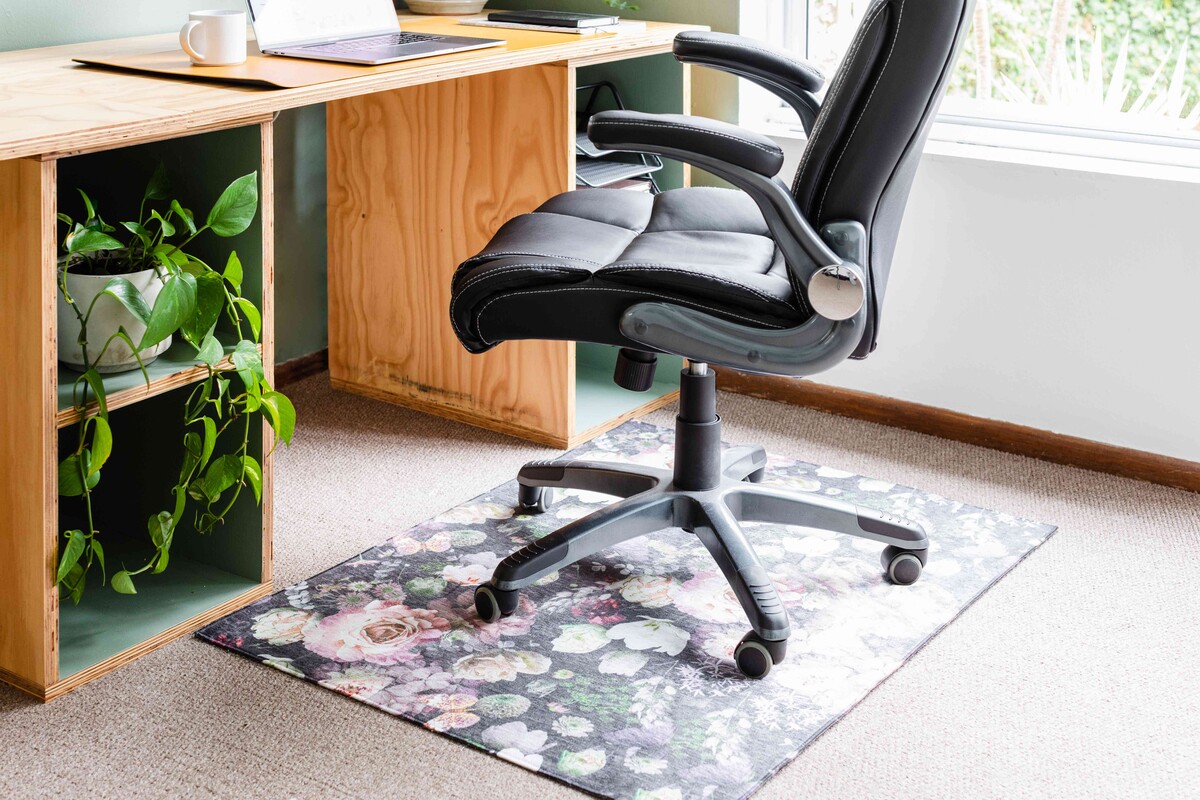
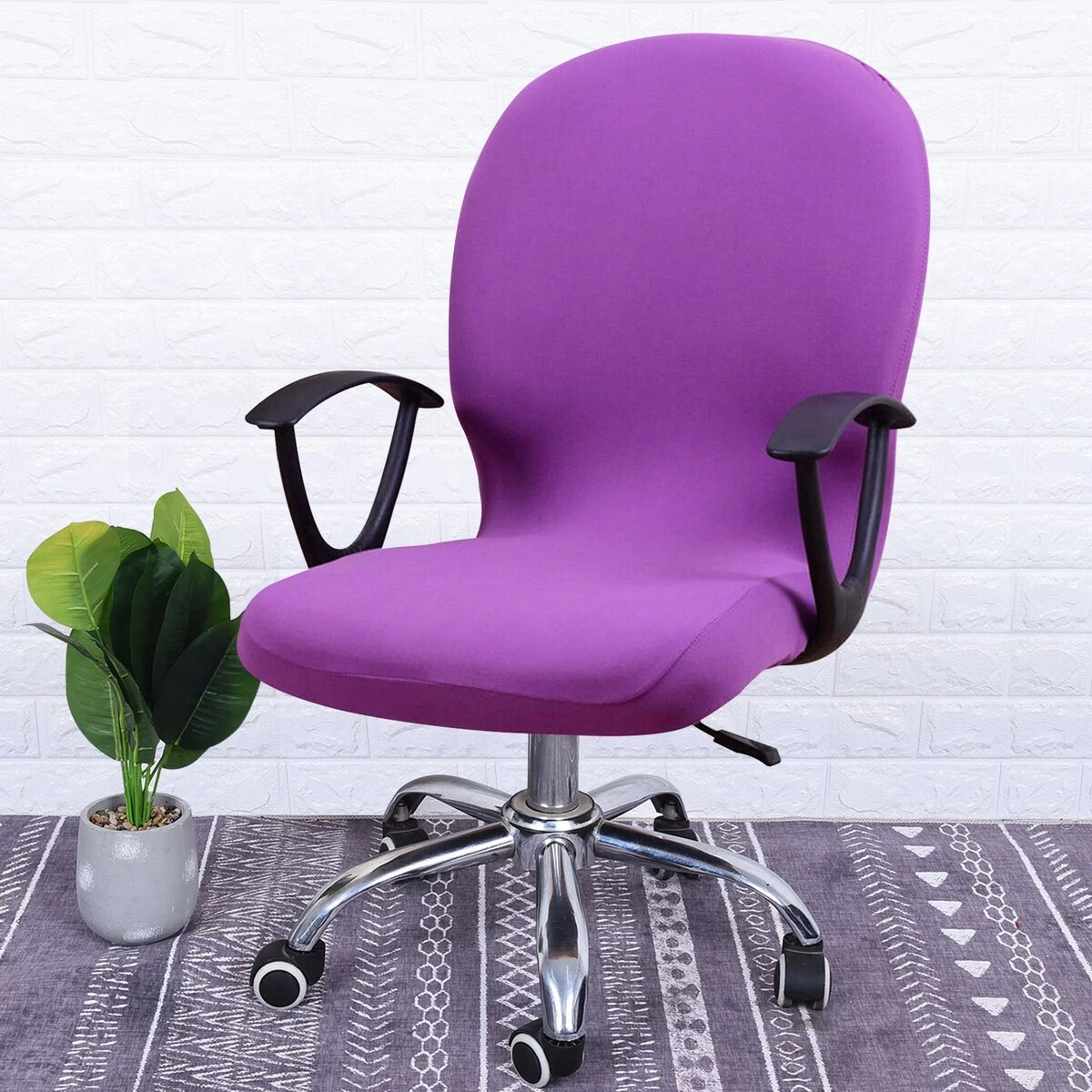
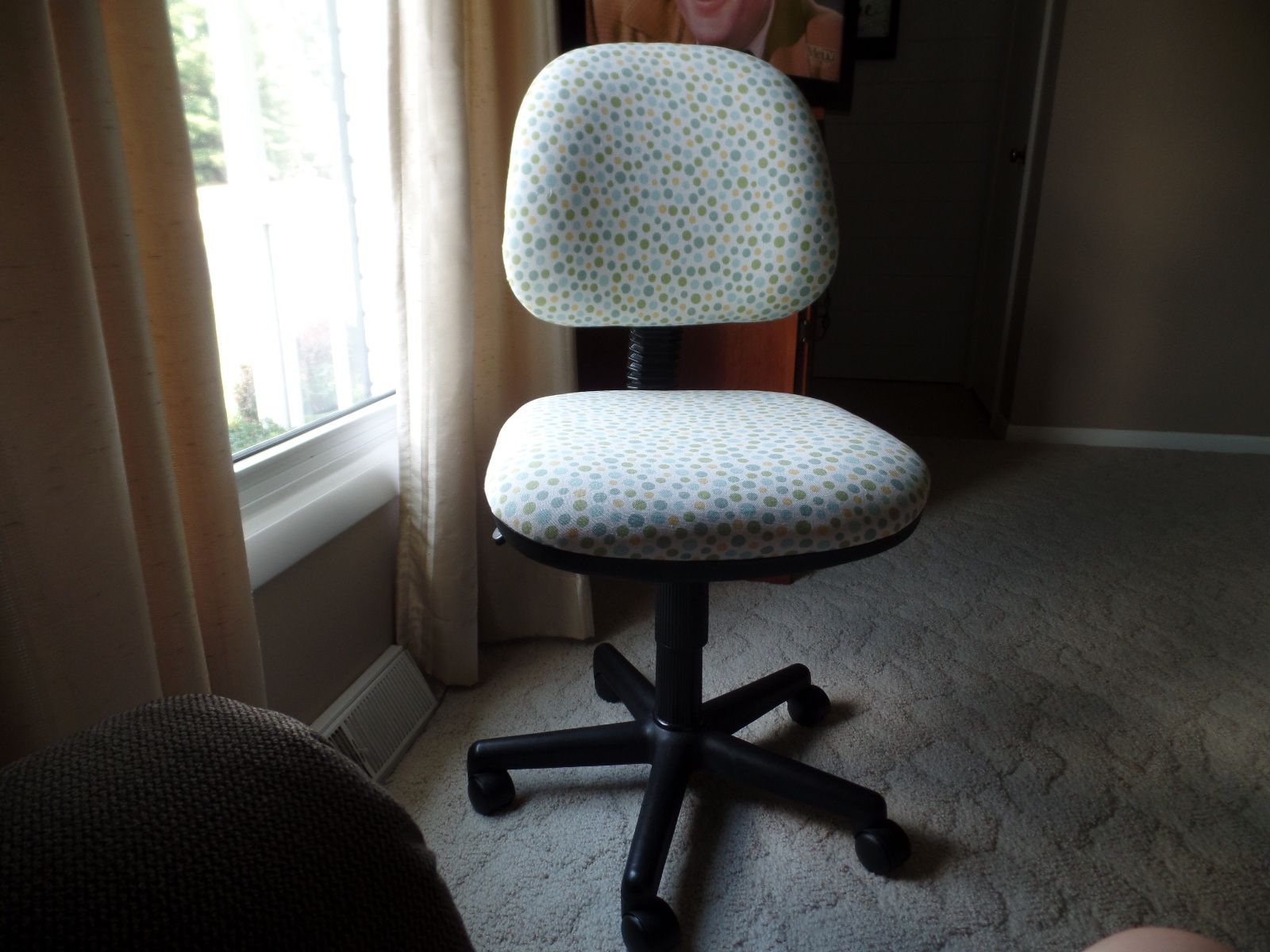

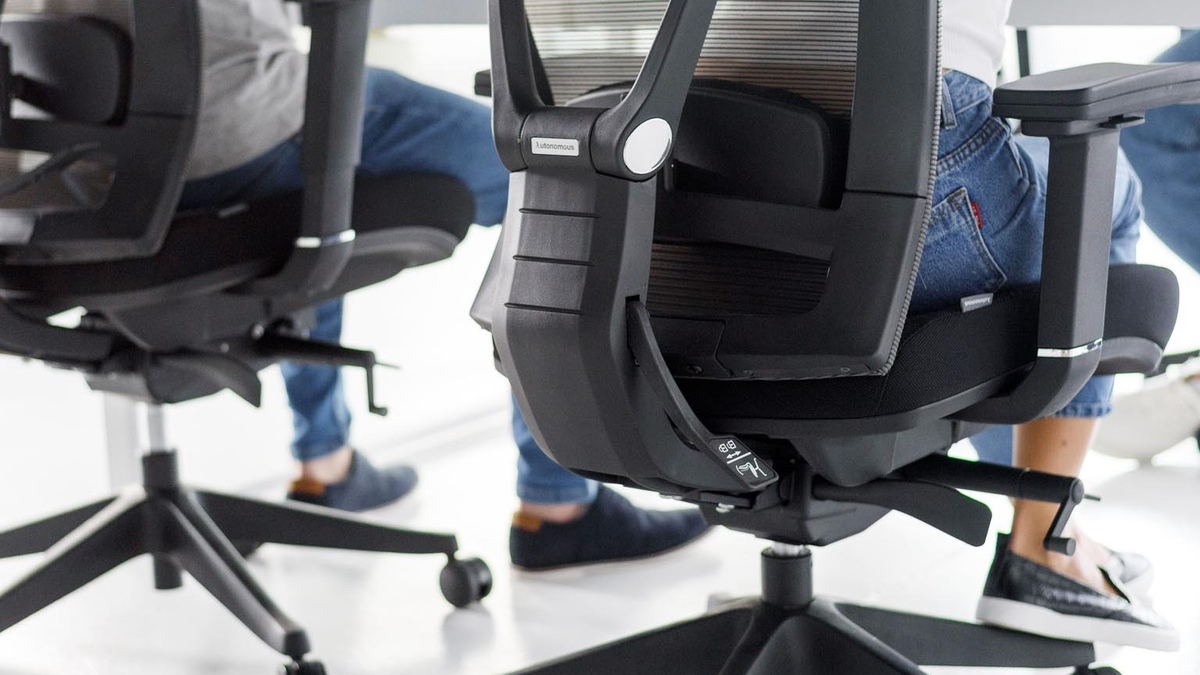
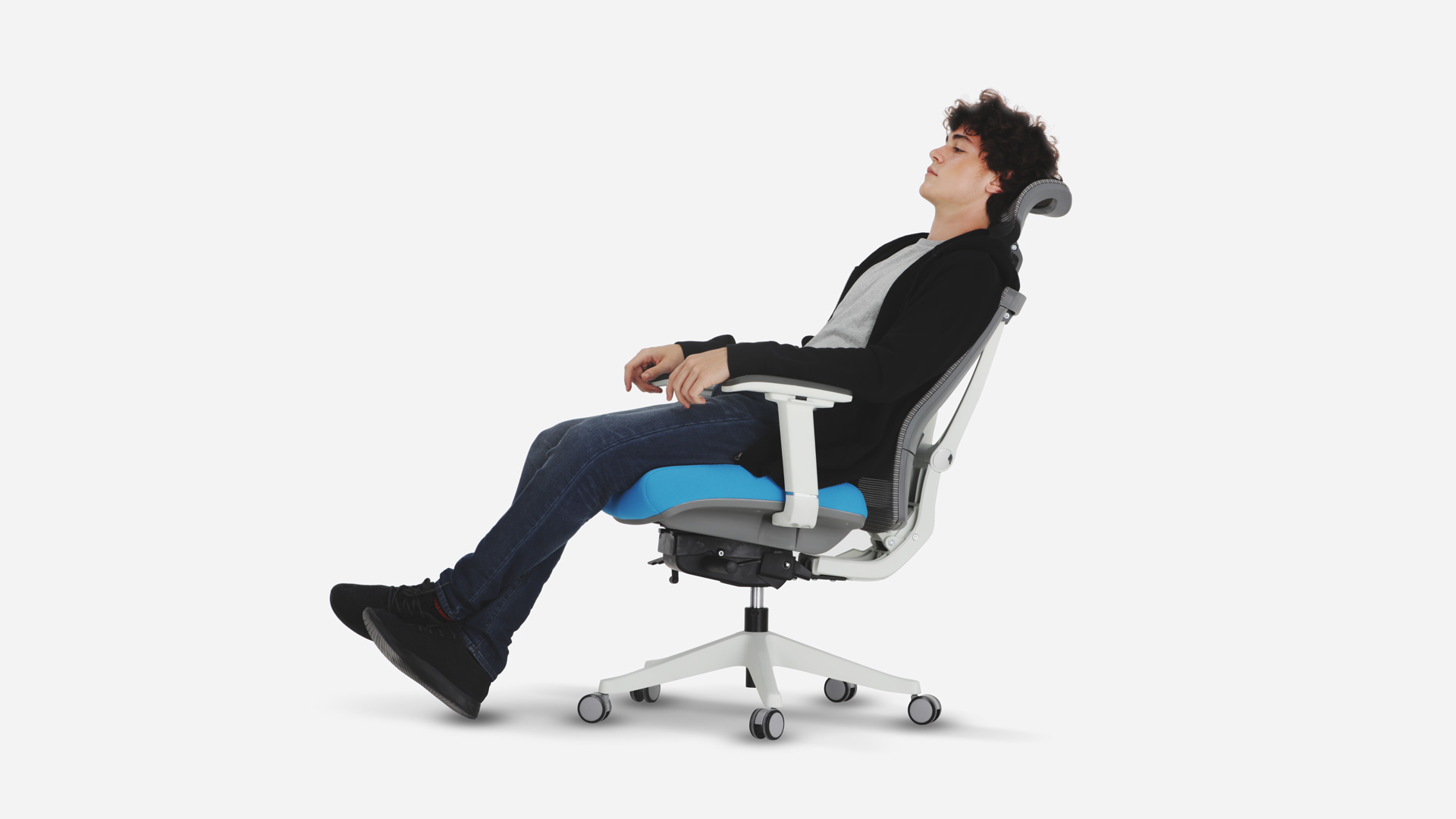
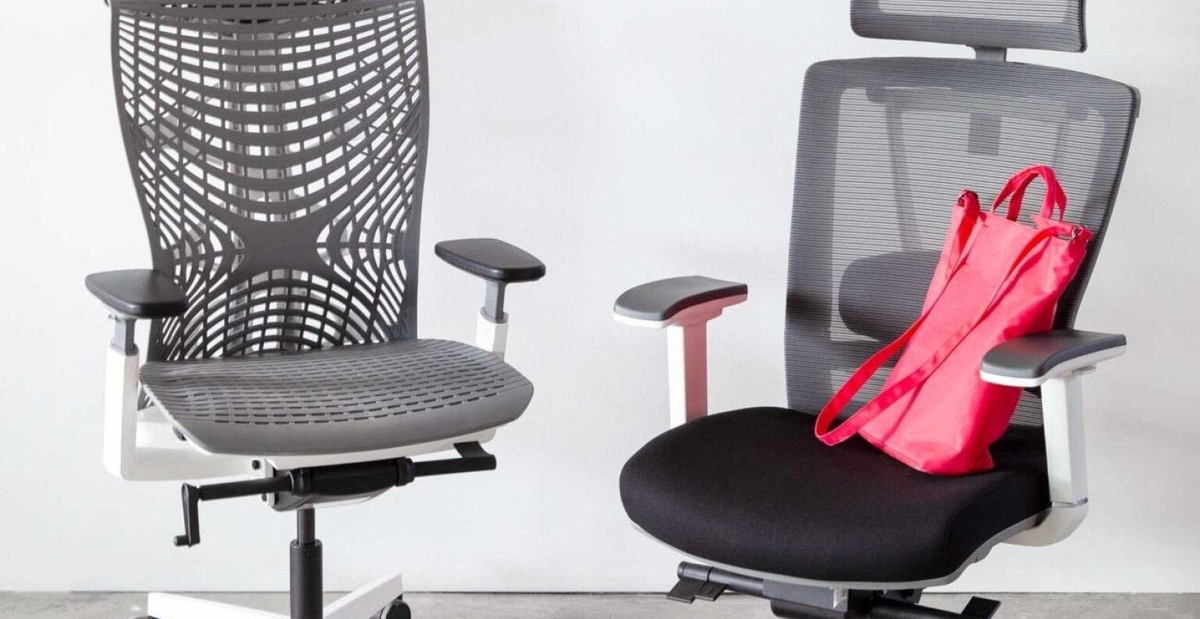
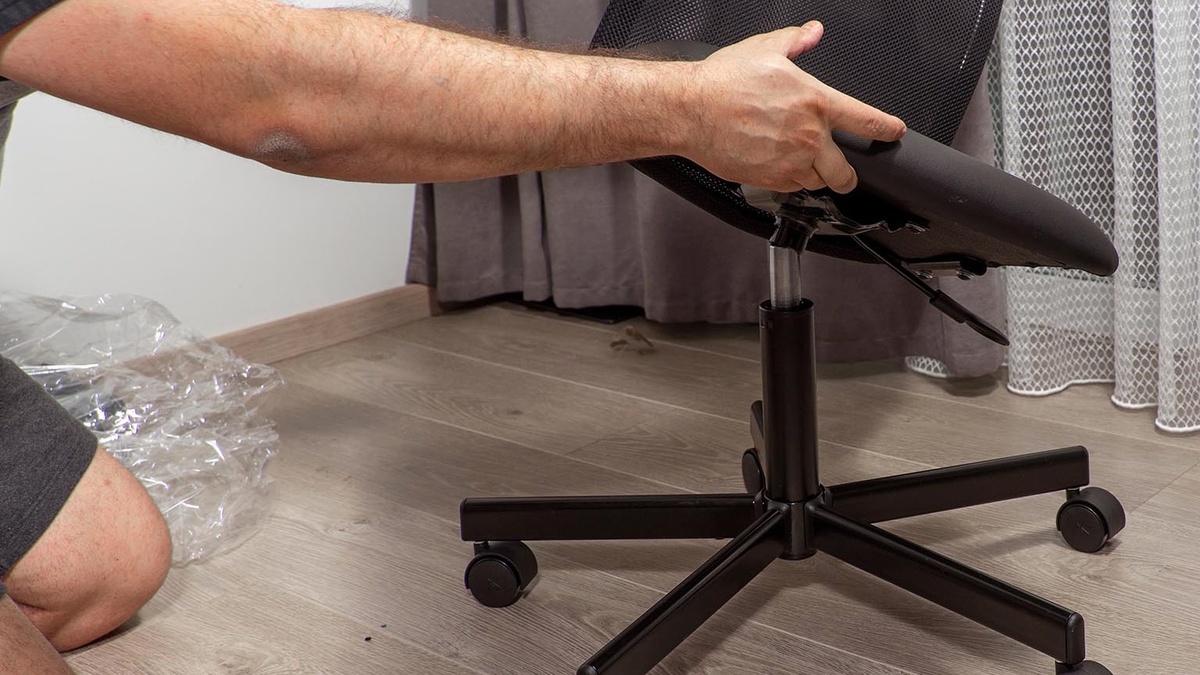
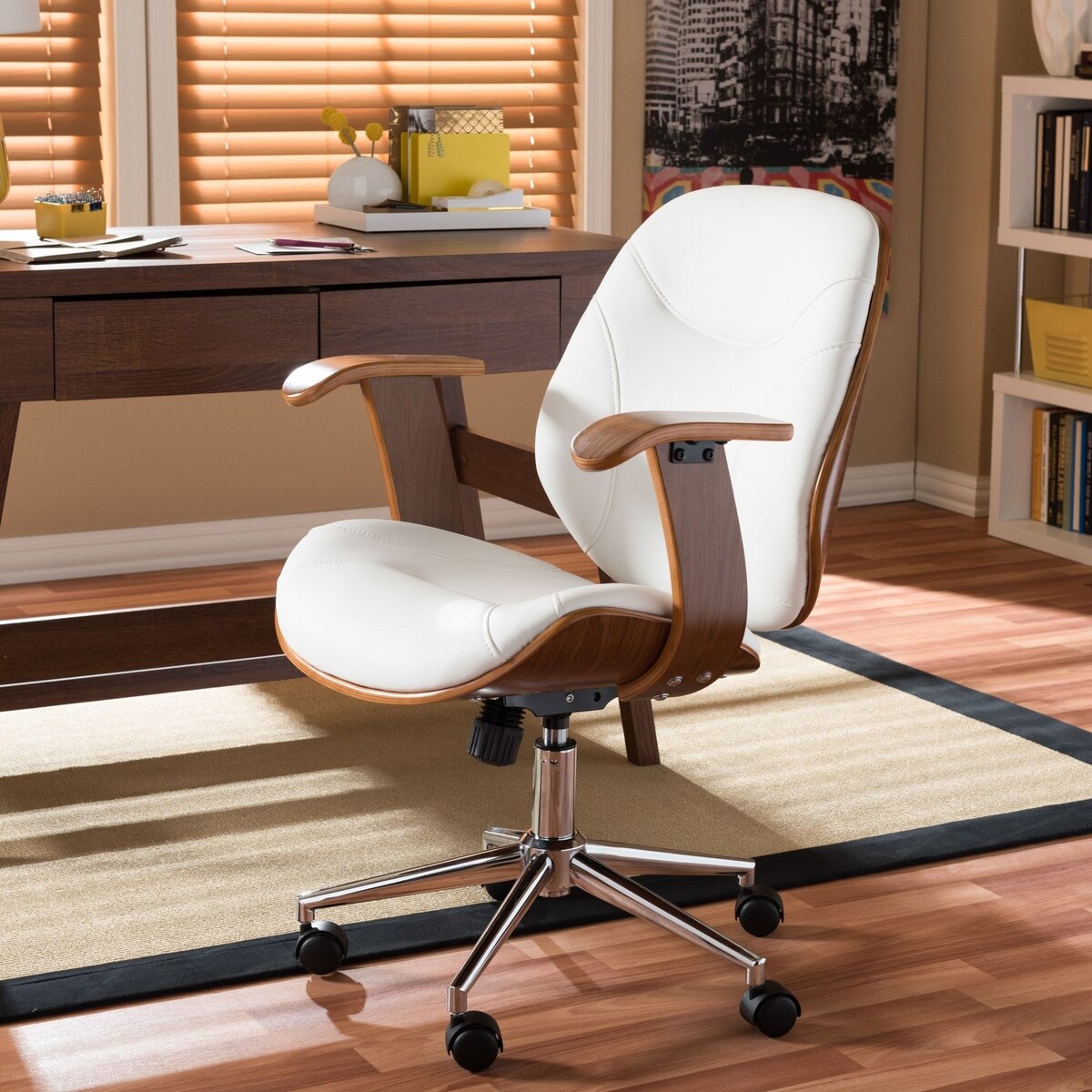
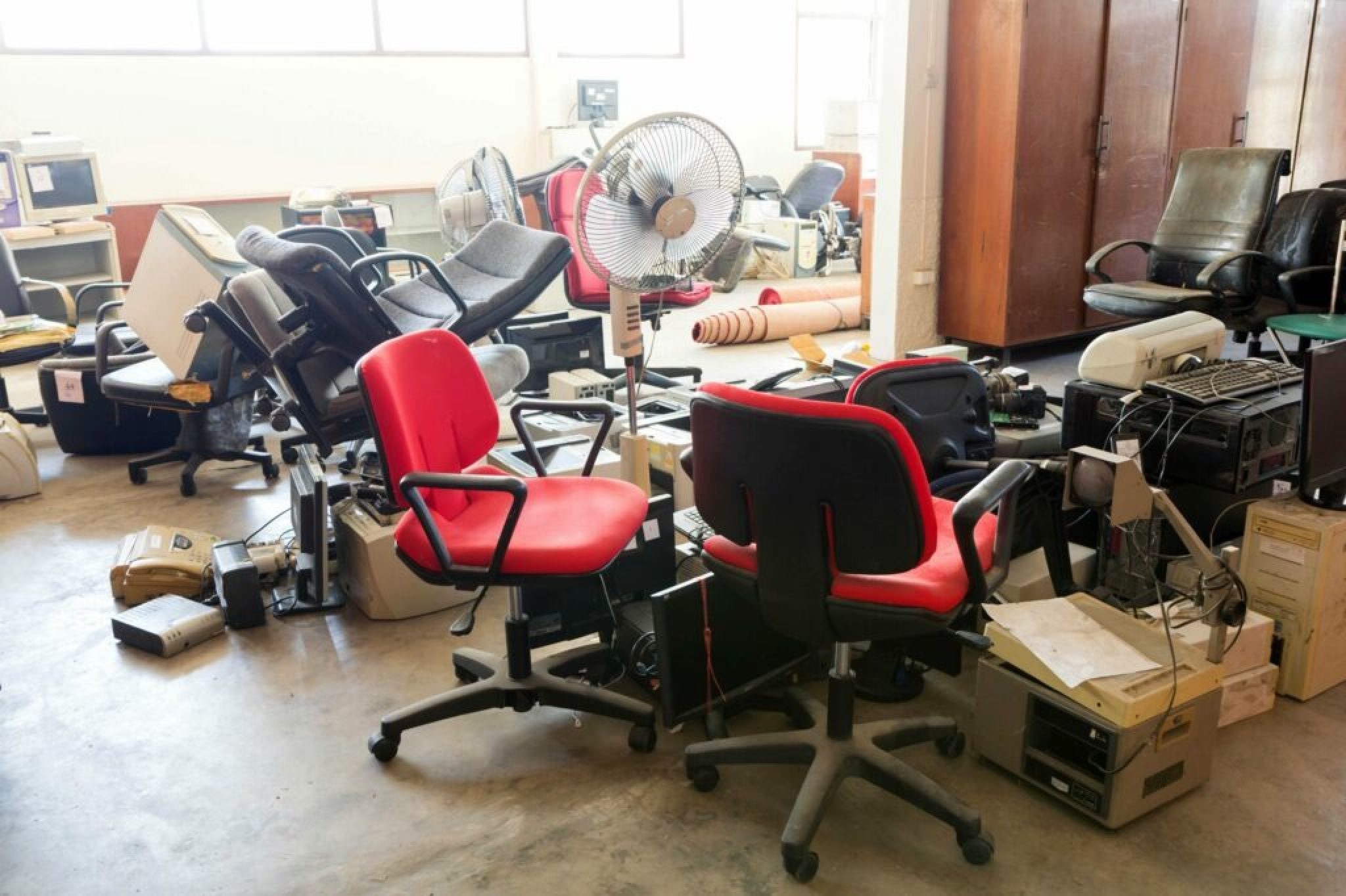
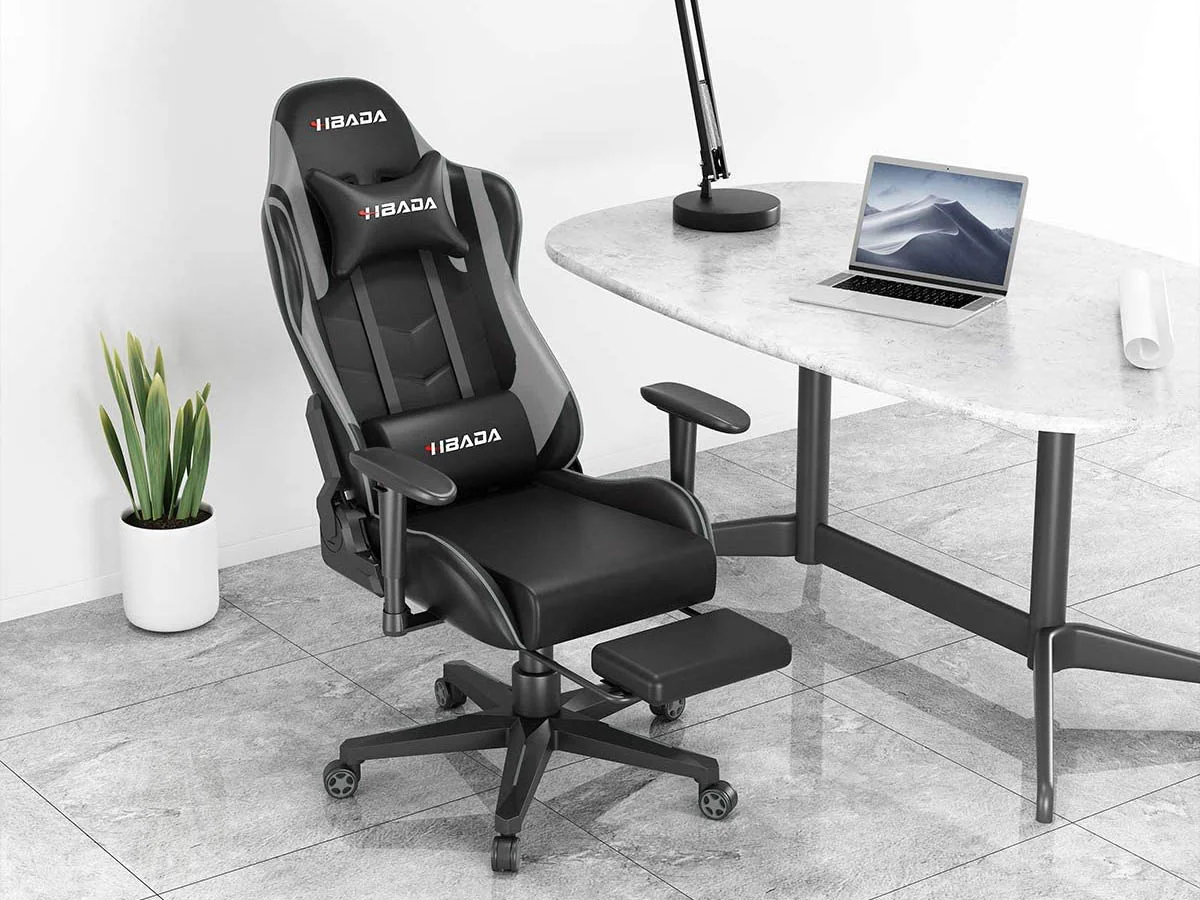

0 thoughts on “How To Lock Office Chair Wheels”